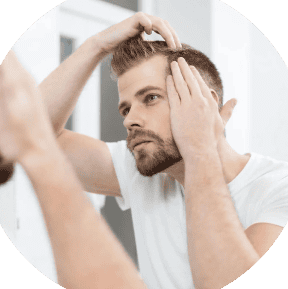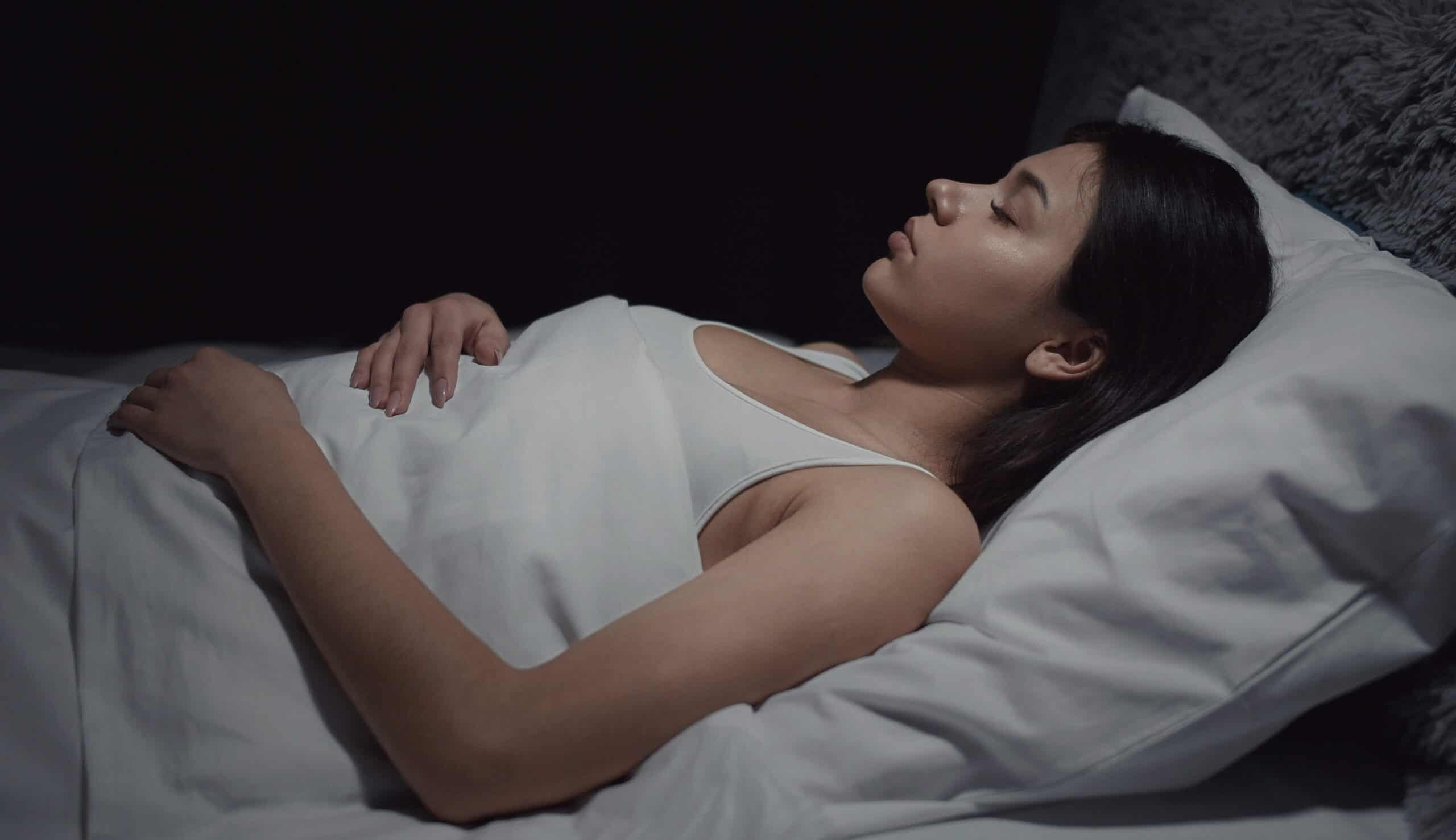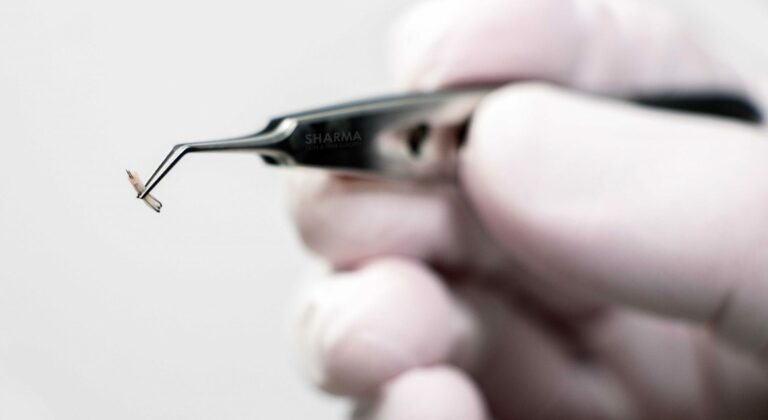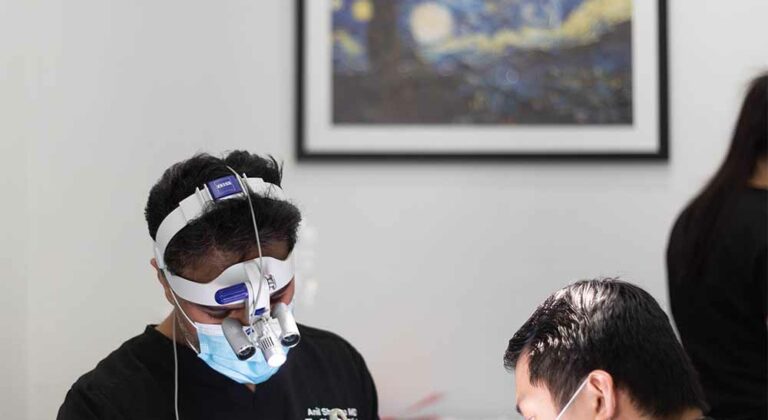The success of your hair transplant hinges not only on the surgery itself but also on your post-operative care. Sleep plays a crucial role in this process, especially during the initial healing phase.
The first ten days after surgery are critical for the transplanted hair follicles. To optimize their survival and minimize complications, prioritizing sleep hygiene is essential. This guide provides expert advice to help you navigate the challenges of sleeping post-hair transplant and maximize your recovery.
Preparing for sleep after a hair transplant
The delicate nature of the transplanted grafts necessitates specific sleep arrangements to prevent damage and promote healing. By following careful guidelines and creating a conducive sleep environment, you can significantly enhance your comfort and contribute to the overall outcome of your procedure.
Choosing the best sleep position
Sleeping on your back is the best position to aid hair transplant recovery. Avoid sleeping on your side or stomach. These positions can put pressure on the transplanted area, potentially dislodging grafts and hindering the healing process.
To protect your transplanted area while you sleep, it’s crucial to minimize movement. Avoid tossing and turning to prevent unnecessary friction or pressure on the delicate grafts.
To minimize swelling (oedema) and protect your grafts, proper sleep positioning is essential. Elevating your head at a 30 to 45-degree angle while sleeping can significantly reduce fluid buildup. Use pillows or a recliner to achieve this position. To maintain this angle throughout the night, consider using a travel pillow around your neck.
If it’s more comfortable for you, you can experiment with sleeping in a chair. However, make sure your back and neck are supported to avoid pain.
Creating an optimal sleep environment for recovery
A restful sleep environment is essential for your comfort and healing. To promote optimal conditions:
- Prioritize hygiene: Ensure your bed is fresh and clean. Use freshly laundered pillowcases and linens to minimize the risk of infection. Opt for satin or silk pillowcases to gently protect your scalp and hair grafts. Avoid cotton or synthetic pillows as they may irritate the transplant area.
- Elevate and protect: Keep your head elevated with cushions for added comfort and to reduce swelling. Having cloths readily available can help manage any drainage or protect the transplant site.
Managing pain and swelling
Soreness and swelling are common after a hair transplant. Here are some tips to manage these side effects during sleep:
- Take prescribed pain medication as directed.
- Apply a cold compress to your forehead before bed (avoiding direct contact with the scalp).
- Consider soothing natural remedies like lavender oil or chamomile tea.
- Wear a headband to prevent swelling from spreading to your face.
- Avoid sleeping aids where possible as they could cause disorientation and raise the possibility of accidental head injuries.
Keeping the surgical area clean
Maintaining a clean and dry scalp is crucial for preventing infection and promoting healing after your surgery. Gently cleanse the surgical area as directed by your surgeon (usually with lukewarm water and a mild, unscented cleanser) and ensure it is completely dry before resting your head on the pillow.
If your surgeon advises it, consider investing in protective headgear to preserve the grafts.
Common sleeping challenges and solutions
Itching and discomfort
Itching is a common and normal part of the hair transplant healing process. While it can be uncomfortable, it’s essential to resist the urge to scratch your scalp as this can damage the delicate grafts.
To soothe the itch and promote healing, gently cleanse the area with saline spray or aloe vera-based products. These gentle solutions can help hydrate the scalp and reduce discomfort without interfering with the graft implantation.
Restlessness and sleep disturbances
Restlessness is a common side effect of surgery. To help calm your body and mind before bed, try incorporating relaxation techniques such as deep breathing, meditation, or gentle stretching into your evening routine.
Establishing a regular sleep schedule is crucial for improving sleep quality. By going to bed and waking up at the same time each day, you help regulate your body’s internal clock, leading to more restful nights.
Long-term sleep considerations
Sleep is crucial for your body’s healing process. Immediately following your surgery, you may need to adopt specific sleep positions to protect your transplant site. However, as your recovery progresses, typically after the first week or two, your surgeon will advise you on gradually returning to your normal sleep patterns.
It’s essential to monitor your transplant site closely for any changes. Look out for increasing redness, swelling, or other signs of infection. If you have any concerns, contact your doctor immediately. Early detection of potential issues is key to a successful recovery.
BOOK NOW
Talk to a Hair Transplant Expert
Are you looking for the most effective treatment plan to reverse the effects of hair loss? Dr. Sharma has a long-lasting commitment to offering the best services in the industry. Not only is he experienced with hair loss treatment, but he is passionate about helping each patient receive excellent results.

SOURCES
- https://www.ncbi.nlm.nih.gov/pmc/articles/PMC8719980/
- https://www.ncbi.nlm.nih.gov/pmc/articles/PMC2956963/
- https://www.ishrs-htforum.org/content/19/3/77
- https://www.ncbi.nlm.nih.gov/pmc/articles/PMC9357533/
- https://www.ncbi.nlm.nih.gov/pmc/articles/PMC2995283/
- https://www.ncbi.nlm.nih.gov/pmc/articles/PMC2825128/
- https://www.ncbi.nlm.nih.gov/books/NBK547740/
Share this:
Medically reviewed by
Updated on
Have a question?
Find out how we can help you look feel your absolute best
Contact us 780-476-7970


